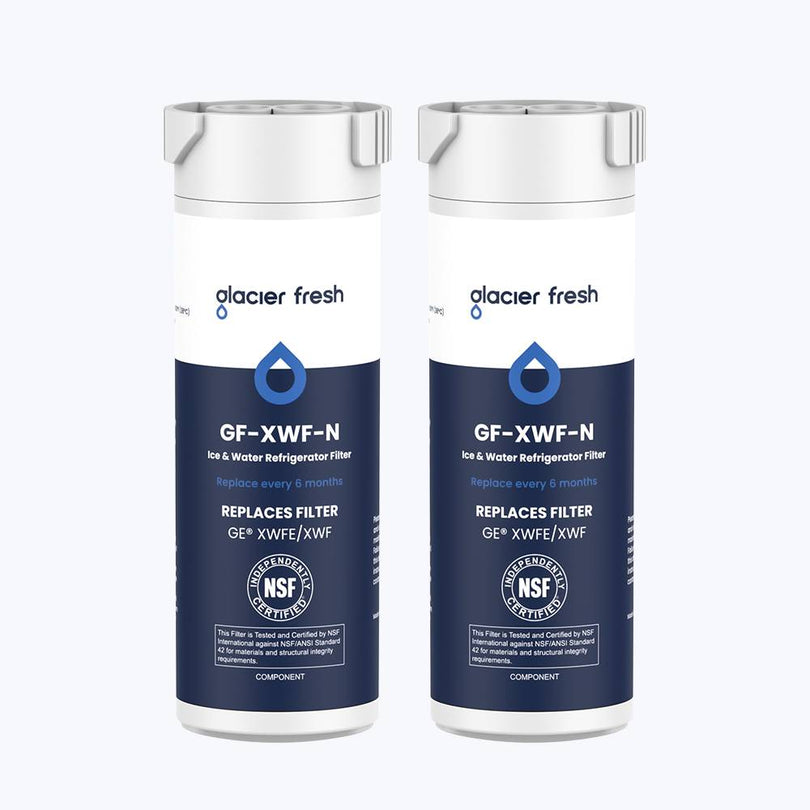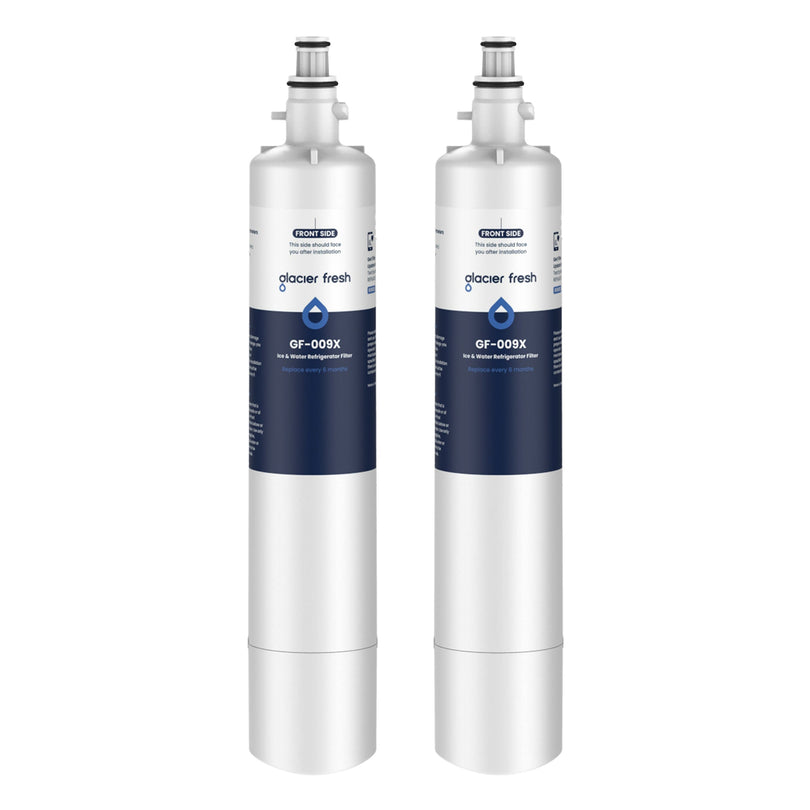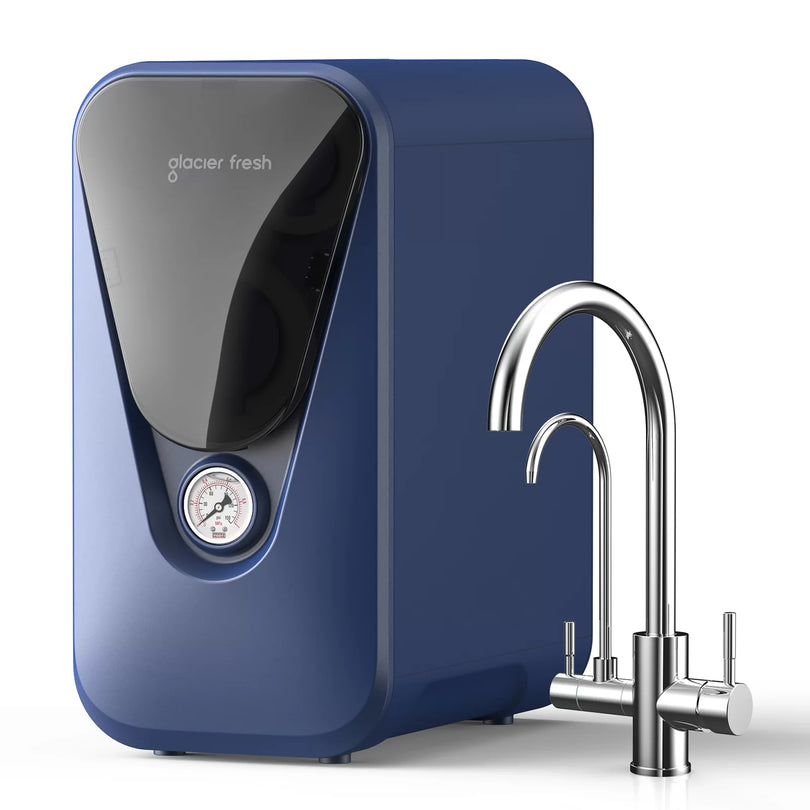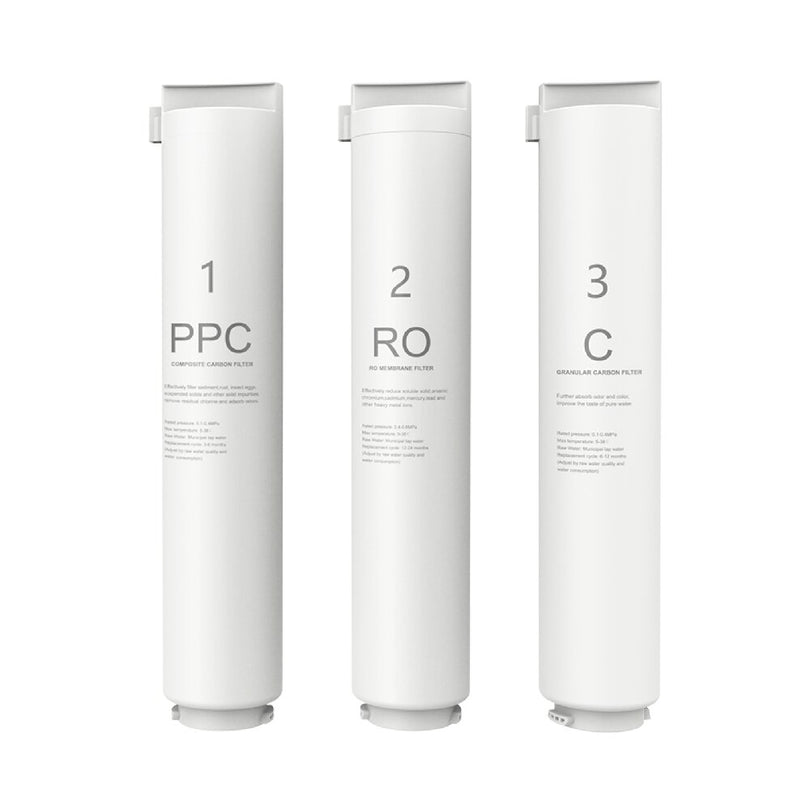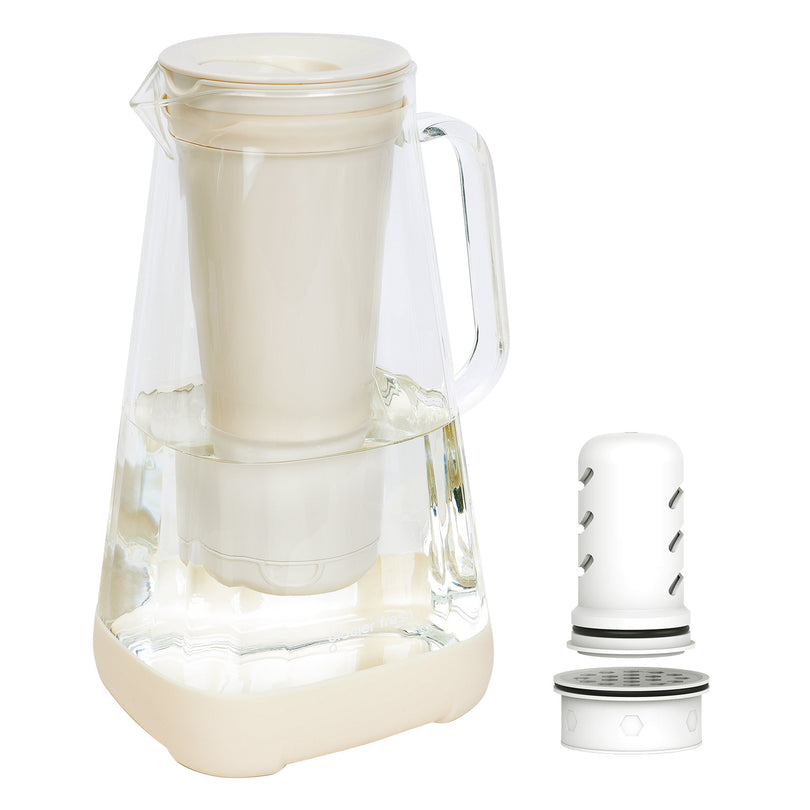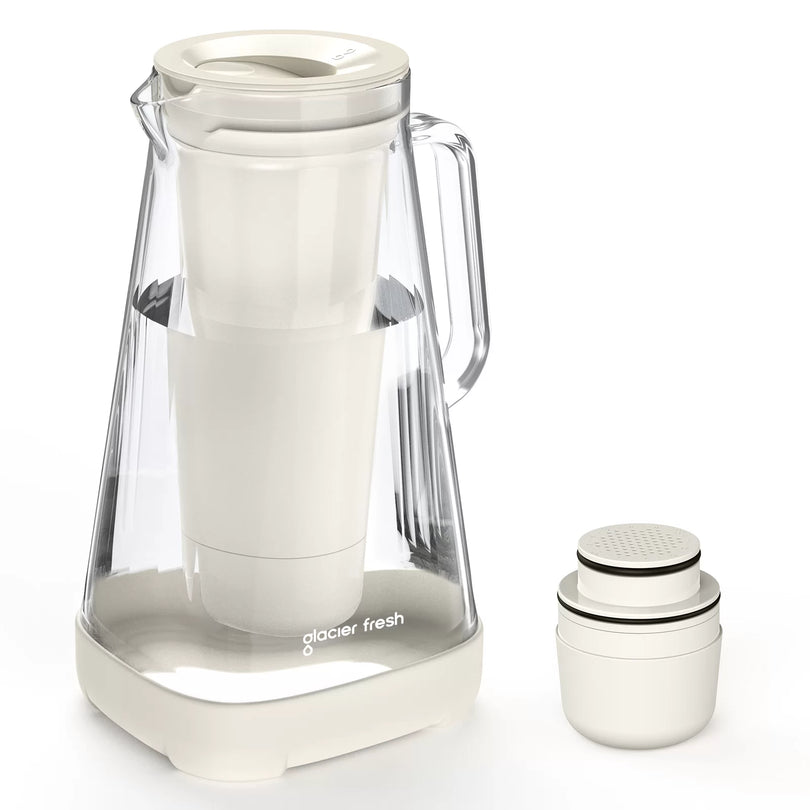Table of Contents:
Why regular water filter maintenance matters?
5 signs your water filter needs immediate attention
How often should you service each component of your water filter?
Step-by-step maintenance tasks you can follow
Troubleshooting common problems & quick fixes
Maintenance tips for different regions in the U.S.
FAQs
Conclusion
A water filtration system is one of the best investments you can make for your home — but like any appliance, it only performs its best with regular maintenance. Whether you use a countertop filter, under-sink RO system, or whole-house unit, proper care ensures cleaner water, better taste, and longer equipment life.
In this guide, we’ll walk you through the importance of maintenance, key warning signs to watch for, a service schedule for each component, and practical steps to keep your water filter running at peak performance.
Why regular water filter maintenance matters?
Your home water filtration system works quietly behind the scenes — protecting your family from harmful contaminants and improving taste and odor. Over time, however, the filters collect sediments, chlorine, lead, and other impurities that can accumulate within the system. Without regular maintenance:
- Water flow slows down, making it harder for the system to deliver clean water.
- Contaminants can re-enter your water stream when filters become oversaturated.
- Bacteria and mold may grow, especially in dark, damp filter housings.
- System components wear out faster, leading to costly repairs or replacements.
Routine cleaning and timely filter replacements keep your water system efficient, safe, and long-lasting — ensuring your family enjoys fresh, great-tasting water every day.
5 signs your water filter needs immediate attention

If you notice any of these warning signs, it’s time to take action:
- Unpleasant taste or odor: A chlorine, metallic, or sulful flavor in water often signals a saturated filter.
- Cloudy or discolored water: Indicates the filter is no longer effectively trapping sediments.
- Low water pressure: A clogged cartridge or membrane is restricting flow.
- Leaks or dripping housings: O-rings may be worn or misaligned.
- Filter change indicator light: Many modern systems will alert you when maintenance is due.
Don’t ignore these symptoms — addressing them early prevents further damage and keeps your system running efficiently.
How often should you service each component of your water filter?
Different parts of your filtration system have unique lifespans. Use this general guide to plan your maintenance schedule (always confirm with your manufacturer’s manual):

Consistent maintenance not only safeguards your water quality but also extends the overall lifespan of your filtration unit.
Step-by-step maintenance tasks you can follow
Ready to get your hands on the task? Follow this easy step-by-step guide to keep your system in top condition:
1. Turn off the water supply
Before you begin, shut off the water supply connected to your filtration system like reverse osmosis system to prevent leaks or spills.
2. Release system pressure
Open a nearby faucet to relieve trapped water pressure. This step ensures a safer and easier filter change.
3. Remove the used cartridges
Carefully unscrew the filter housing using the provided wrench or by hand. Remove the old cartridges and dispose of them responsibly.
4. Clean the filter housings
Wash each housing with mild dish soap and warm water. Rinse thoroughly, then sanitize using a vinegar or food-grade bleach solution (1 tablespoon per gallon of water). Let it sit for 5–10 minutes before rinsing again.
5. Check and replace O-rings
Inspect O-rings for cracks, flattening, or wear. Apply a thin layer of silicone lubricant to maintain a watertight seal.
6. Install the new filters
Insert new cartridges according to the flow direction arrows. Ensure each filter is seated properly before tightening the housing.
7. Restore the water flow and flush the system
Turn on the water supply and run cold water for 5–10 minutes to remove any carbon dust and air bubbles.
8. Inspect for leaks
Carefully check around fittings, joints, and housings. If leaks appear, re-tighten connections or re-seat the O-ring.
Troubleshooting common problems & quick fixes
Here are the most common issues homeowners encounter — and how to solve them fast:

If these fixes don’t work, contact your system’s customer service — like Glacier Fresh support, available to help you identify parts and maintenance kits.
Maintenance tips for different regions in the U.S.

Water quality across the U.S. varies widely. Tailor your maintenance routine based on where you live:
- Hard-water areas (Southwest, Midwest): Mineral buildup can reduce filter life. Use a water softener or descale your system more frequently.
- High sediment areas (rural wells, older plumbing): Check pre-filters monthly and consider adding a sediment trap.
- Cold climates (Northeast, Upper Midwest): Protect systems in basements or garages from freezing temperatures by insulating pipes and housings.
- Coastal regions: Salt air and humidity can corrode fittings — wipe down metal parts regularly and check for rust.
Adapting your maintenance plan to local water conditions ensures optimal performance and extends your system’s lifespan.
FAQs
Can I clean and reuse the water filter cartridge?
Most cartridges are designed for single use. While sediment filters can sometimes be rinsed to extend their life, carbon and RO filters should always be replaced according to the manufacturer's instructions for safe and effective filtration.
What happens if I don`t change my water filter?
A neglected filter can trap bacteria, release contaminants back into your water, and reduce flow rate — all of which lower water quality and strain your system.
Is a whole-house water filter worth the maintenance?
Yes. Whole-house filters provide cleaner water throughout your entire home and protect appliances. Maintenance typically involves replacing the main cartridge once or twice a year, making it a worthwhile investment.
Conclusion
Consistent water filter maintenance is one of the simplest yet most powerful ways to safeguard your family’s health and your home’s plumbing system. By following this checklist, you’ll enjoy better-tasting water, stronger system performance, and peace of mind year-round.



